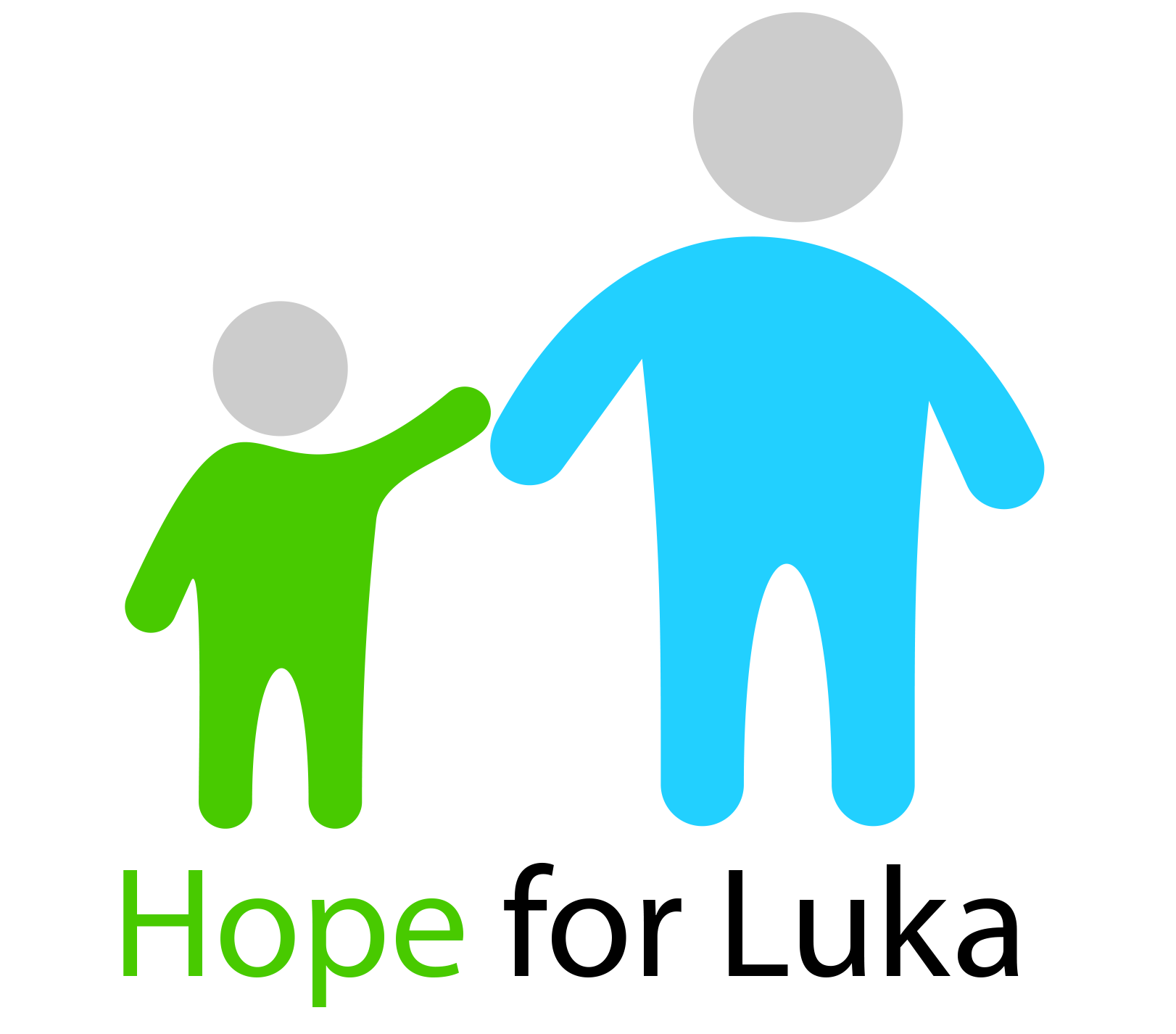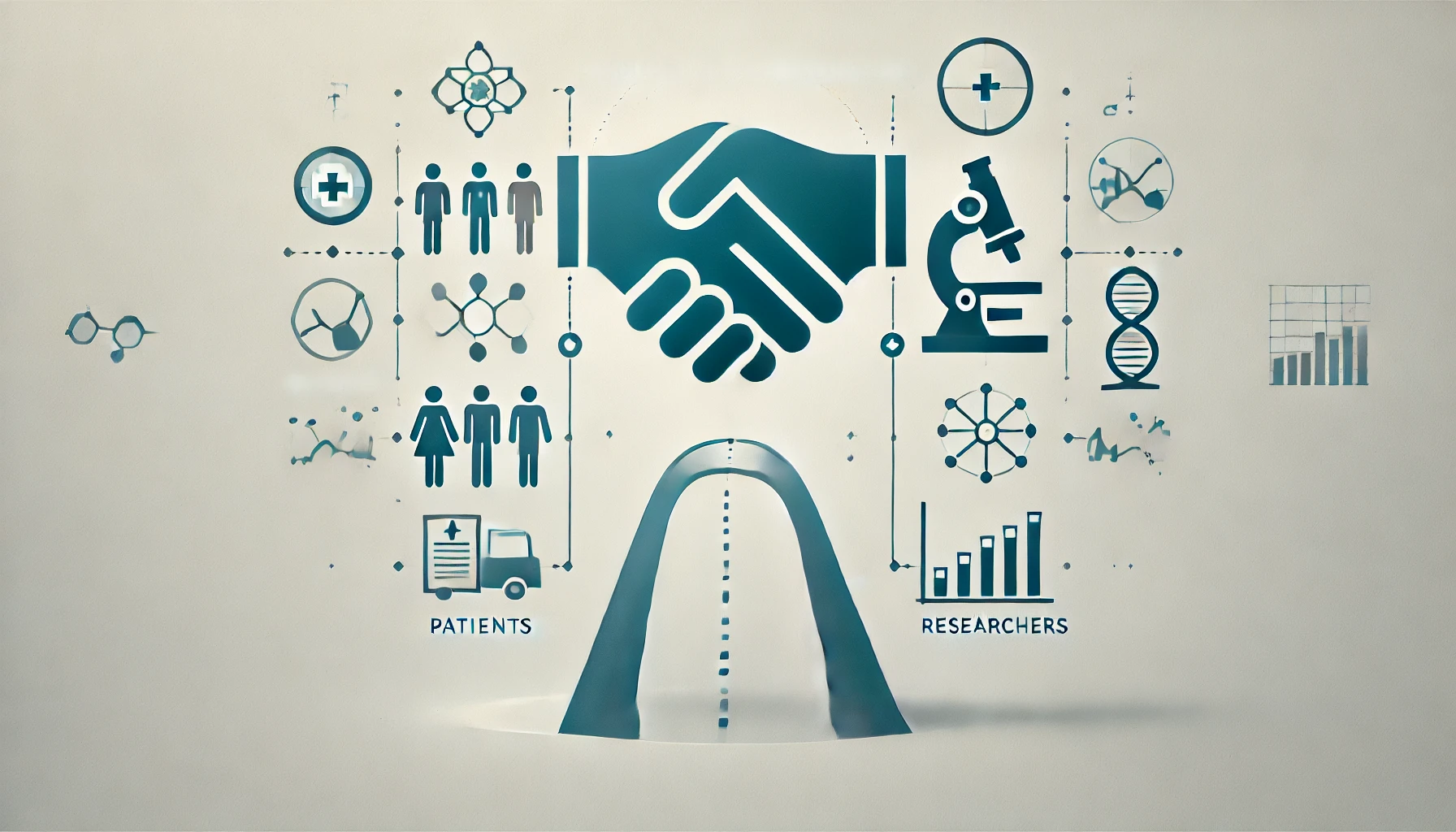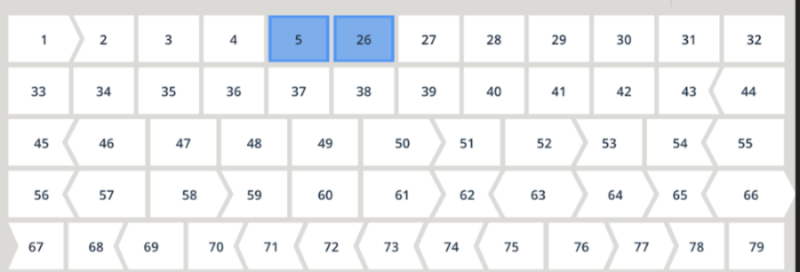Bridging the Gap Between Patients and Scientists:
Hope for Luka Inc. serves as a crucial link between patients with muscular dystrophy and the scientific community dedicated to finding solution
-

Parents Becoming Research Coordinators
Read MoreBy fostering connections between families and leading researchers, Hope for Luka Inc. catalyzes groundbreaking collaborations and accelerates the pace of discovery. Moreover, the organization plays a pivotal role in fundraising efforts, empowering parents to initiate independent pre-clinical trials and studies tailored to their children's unique needs.
-

An "Open Effort" Mindset
Read MoreThe "open effort" research funding model emphasizes on collaboration and transparency in the fight against Duchenne Muscular Dystrophy (DMD). By making research findings accessible to pharmaceutical and research organizations, this model fosters a collaborative environment where multiple entities can work together to refine and enhance the treatment approach.
Research Pipelines
Current Research Pipeline: N=2 Double Exon Skipping
Our first personalized research model is already in advanced stages. Led by Hope for Luka Inc.’s Executive Director, Tushar Tangsali, this N=2 study focuses on double exon skipping of exons 6 and 7 for his two sons, who share a deletion from exons 8 through 25.
This study will serve as the foundation for a detailed, step-by-step blueprint. This model will be adapted into personalized N=1 (or N=2) studies for other patients who also require double skipping of exons 6 and 7, but have different deletion endpoints—empowering them to pursue targeted research tailored to their unique mutation.
Preclinical Targeted Key Dates

Likelihood of Positive Results from the 6-25 Mice Model
Existing data from exon 6-18 deletion and exon 6-9 deletion models (PPMD & CureDuchenne Registry in the US, Leiden University Registry in Europe) suggest that the resulting shortened in-frame protein remains functional and stable, leading to a mild Becker phenotype.
U54 Grant – Awarded by Jackson Laboratory
Regulatory and Industry Engagement
We have been actively engaging with key regulatory leaders, including Dr. Peter Marks (now former director of the Center for Biologics Evaluation and Research in FDA) , Dr. Nicole Verdun, and Dr. Rachael Anatol from the FDA’s Center for Biologics Evaluation and Research (CBER), ensuring adherence to their recommendations throughout the research process.
Joint Ownership of Mice Models with Leiden University Medical Center (LUMC)
N=2 Research Coordinator: Tushar Tangsali
Since 2015, Tushar Tangsali has dedicated himself to finding a therapeutic solution for his sons, Neil and Neivaan. What began as a father’s mission of love has grown into one of the most advanced pre-clinical research efforts focused on double exon skipping of exons 6 and 7 in Duchenne Muscular Dystrophy (DMD).
Tushar shares:
“Our family is facing an urgent and highly specific challenge. Both of our sons—Neil (13) and Neivaan (10)—have deletions spanning exons 8 through 25 of the dystrophin gene. This mutation leaves them non-ambulatory and outside the scope of current exon-skipping therapies, which do not address the need for a double skip of exons 6 and 7. No pharmaceutical company is currently pursuing this approach, and gene therapy is not an option due to severe adverse effects observed in patients missing exons 8 and 9. ”
Tushar's unwavering determination has not only driven innovation in an unmet research space, but also laid the groundwork for other families seeking targeted solutions for rare mutations.
Potential Impact on the Broader DMD Community
Our N=2 research study on double exon skipping of exons 6 and 7 has the potential to directly benefit approximately 200 children in the United States and 100 children in Europe who share this specific therapeutic need.
These numbers are based on data obtained and analyzed from the PPMD (Parent Project Muscular Dystrophy) and CureDuchenne registries in the U.S., and the Leiden University Registry in Europe. A successful outcome could pave the way for personalized treatment pathways for each of these children—transforming a single-family study into a beacon of hope for hundreds across the globe.
Complexity of Deletions in Muscular Dystrophy
- The dystrophin gene consists of 79 exons, and deletions can occur in many different locations.
- Some mutations fall within "hotspot" regions, where existing treatments and research efforts are focused.
- However, many patients have deletions outside of these hotspots, meaning they don’t benefit from current exon-skipping therapies.
The Problem: ∆8-25 deletion Resulting in Severe Duchenne

Proposed Solution: Exons 6 & 7 Skipping
If exons 6 and 7 are skipped, then a shortened in-frame protein is produced as shown below:

Upcoming Research Pipeline: ∆17-44 lncRNA Study
The Use of lncRNA to Preserve and Increase the Production of Dystrophin With ∆17-44 Exons Deletion
The research aims to study the use of lncRNA to preserve and increase the production of dystrophin and to create a mice model of the genetic deletion/duplication to test the research's findings in an in-vivo setting.
Dr. Aartsma-Rus (Leiden University Medical Center in the Netherlands See their website here) is currently confirming the use of lncRNA in another study published in the Q4 of 2024, to preserve dystrophin protein for Luka's deletion. This study will benefit exon-skipping studies, rare brain disease research as well as cancer research.
Dr. Aartsma-Rus of Leiden University Medical Center in the Netherlands is considered to be one of the best translational geneticist researcher in Muscular Dystrophy worldwide.
Cost of study
Leiden University Medical Center in the Netherlands has funded preclinical discovery costs of the study.
| Start Date | March , 01st 2025 Started |
| Targeted Completion Date | March, 01st 2026 |
| Number of Patients Benefitting | All In-Frame Deletions |
| ∆17-44 Pre-clinical Costs | $86,000 Funded by LUMC |
Our "Nonprofit Formation Sponsors"
Our Values
Hope for Luka is an organization deeply rooted in the principle of compassion as well as consciousness, recognizing them as the cornerstones of our mission. We are dedicated to advancing independent pre-clinical trials, and our approach is driven by a heartfelt commitment to children with rare diseases.
See Mazi Keyghobadi speaking on our values:
Our team is composed of researchers, scientists, and members who view patients not just as subjects of study, but as individuals whose lives hold invaluable potential. This compassionate perspective fuels our pursuit of innovation and excellence, ensuring that every step we take is motivated by empathy and a genuine desire to make a difference.
By fostering an environment where compassion thrives, we believe we can achieve groundbreaking progress and bring hope to those who need it most.








